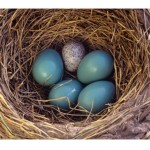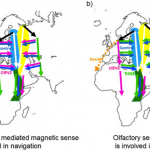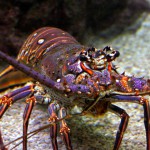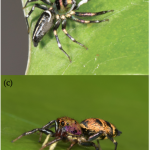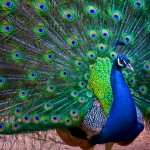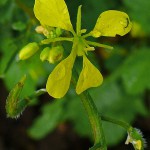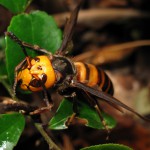This gallery contains 1 photo.
For many avian species, raising young is a very large investment. Instead of doing it themselves, some birds use a method called brood parasitism, leaving an egg or multiple eggs in a host bird’s nest to be raised there. This … Continue reading

